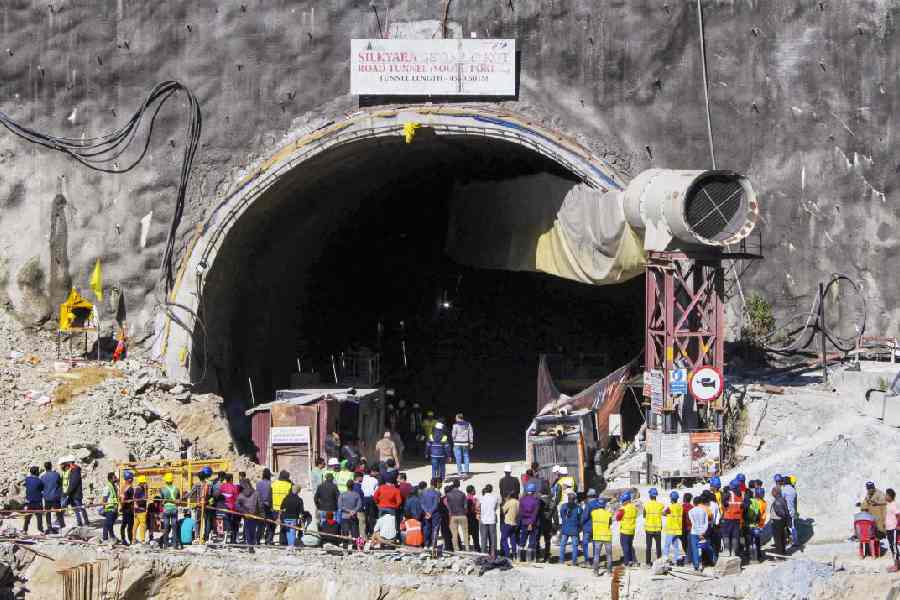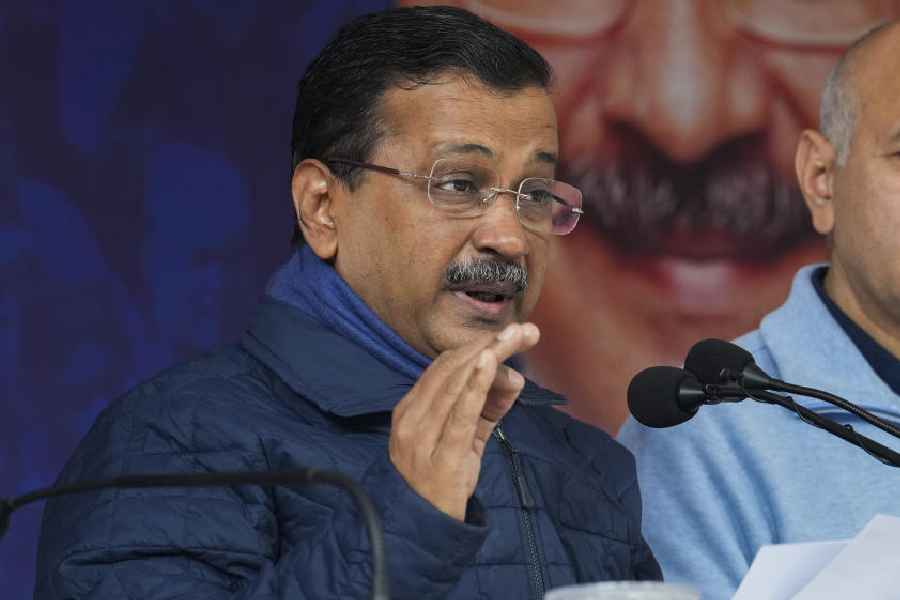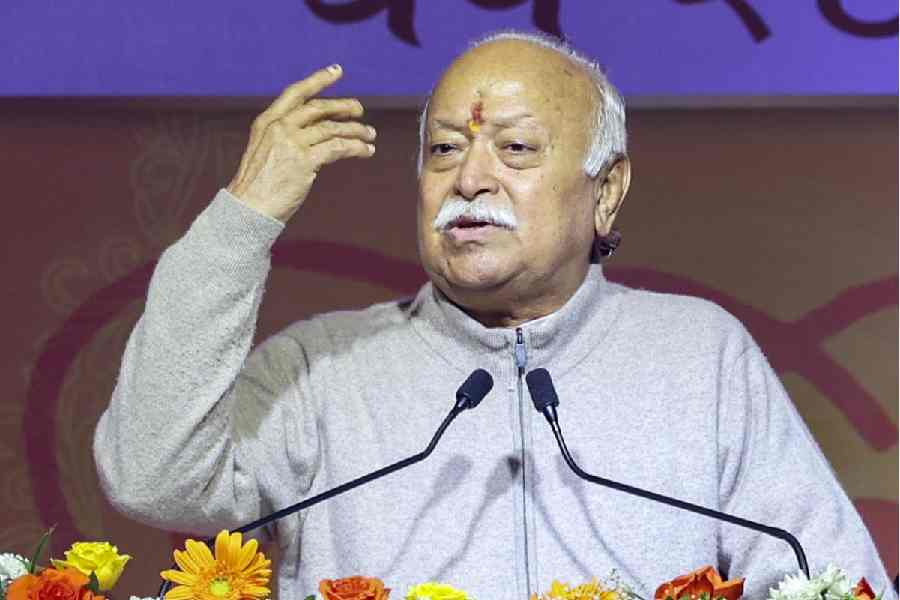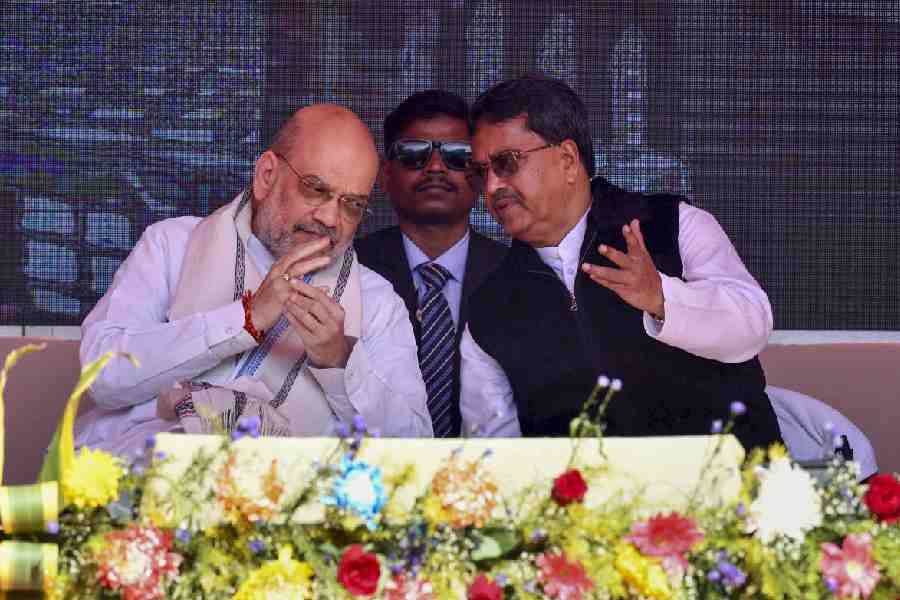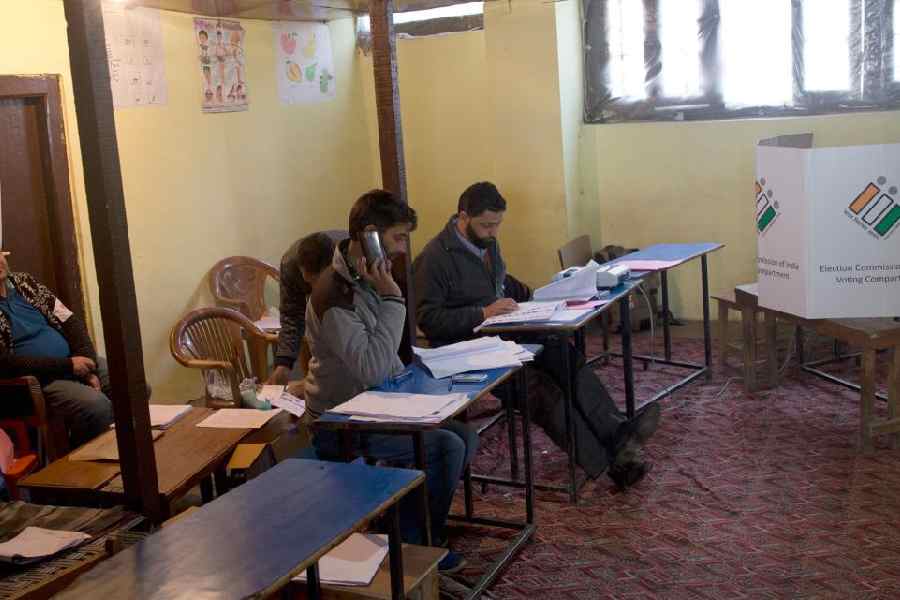A little over three weeks ago, the nation rejoiced when a bunch of bravehearts inched their way through a very narrow steel pipe to save the lives of 41 workers trapped inside Uttarakhand’s Silkyara-Barkot tunnel since November 12. By the time the rescued workers emerged on November 28, at least six plans had been executed, national and international experts consulted to ensure their safe evacuation, American augur machines and the entire gamut of government resources deployed. These, and the tireless efforts of sundry government agencies, drew a blank.
After drilling at several sites and from every feasible angle, only food could be delivered to the workers. In a final endeavour to reach and rescue them across the remaining 10-metre distance, when all else failed, ‘rat-hole miners’ were assigned the task.
Till those tense moments, few had heard of rat-hole mining or, indeed, of the men who risk their lives in such missions. Although these miners were from two Delhi-based companies, most of them hailed from Uttar Pradesh, Jharkhand and Chhattisgarh. According to an eyewitness, initially, half a dozen miners arrived at the site. “They were told that sophisticated machines had failed to drill their way in. Yet, they were confident of accomplishing the task of reaching the trapped workers. We were astounded,” he said. Later, another dozen such miners joined the force, but it was the initial six who initiated the seemingly impossible rescue operation.
Out of sight
Although the existence of such miners is unknown to a vast majority, a little state in northeastern India is infamous for rat-hole mining. In Meghalaya, this form of scrounging in coal pits was banned in 2014. A temporary ban by the National Green Tribunal was imposed after 2012, when 30 coal labourers were trapped inside a mine, leading to the loss of 15 lives. In April 2014, the NGT ordered Meghalaya to cease all illegal rat-hole mining activities across the state. Yet, this unregulated practice continues unabated, especially in the West and East Jaintia Hills districts and the West Khasi Hills. Even a panel set up by the Meghalaya High Court in 2022 confirmed last month that illegal coal mining and transportation were prevalent.
In 2019, the Supreme Court set aside the NGT ban and allowed coal mining in the state through scientific mining methods. It said that coal mining should be done under the Mines and Minerals (Development and Regulation) Act and the Mineral Concession Rules, 1960. At every election rally, including during this year’s assembly polls, politicians promise that the ban will be lifted. The gift of a livelihood, however dangerous, in lieu of a vote.
But while the lifting of the ban may benefit coal barons, the rat-hole miners continue to wallow in poverty. Even in the case of the Silkyara tunnel collapse, the Uttarakhand chief minister, Pushkar Singh Dhami, promised the rescuers a fitting reward immediately, but it was yesterday, 23 days later, that he ‘honoured’ them with praise and handed them a shawl and cheques for Rs 50,000 each. Given their beleaguered plight, most rat-hole miners do not even have bank accounts.
The government’s procrastination prompted an NGO in Calcutta to collect funds to pay Rs 50,000 to each of these rat-hole miners, along with Christmas hampers for their families. This Yuletide magnanimity notwithstanding, it is left to the public to applaud heroic acts, as this is not the last of such tragedies.
The powers that be will keep plundering the Himalayas with ecologically disastrous projects and delay acknowledging the feat of men over machines in daring rescue operations. After all, our governments only act with alacrity once elections are announced.

